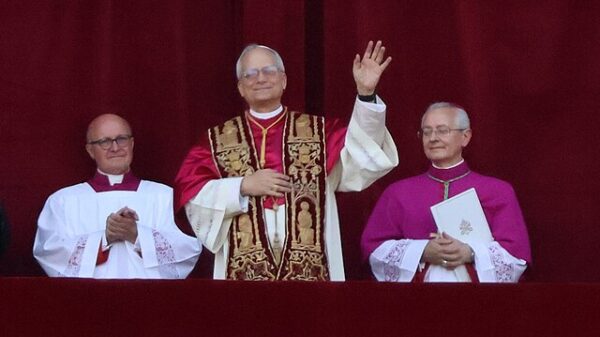Staff writer Sarah Thompson reviews “Winslow Homer: Force of Nature”, an exhibition at the National Gallery showing more than fifty 19th century realist paintings that span Homer’s career.
As part of a broader programme to introduce European audiences to American artists, the National Gallery is displaying the renowned works of realist painter Winslow Homer (1836-1910) for the very first time.
Homer’s career brought him face to face with leading socioeconomic, political and racial issues confronting the United States and the wider world during the 19th century. Although his paintings make consistent reference to the Civil War, the abolition of slavery, the Reconstruction, and the war against Spain, their messages remain poignant today. This is perhaps due to the pertinent nature of the themes he tackles; including race, conflict and the dichotomy between humankind and the environment.
The format of the exhibition is mostly chronological; beginning with Homer’s earliest works, which tackled the subject of American life in the wake of war and after the long-awaited abolition of slavery. In the first room of the exhibit close attention is paid to individual subjects and small groups. Homer’s “The Veteran in a New Field” (1865) depicts an ex-soldier with a discarded jacket cutting corn in a new field. The bright palette is hopeful and indicative of better times ahead. However, none of his works are ignorant of the hardships of the past. Other paintings are equally thoughtful, including those that depict post-war black subjects, such as “The Cotton Pickers” (1876) and “Dressing for the Carnival” (1877). These illustrations capture intimate moments in a time of great social change. Although little is known about the painter’s personal life and convictions about race, his artistry speaks volumes. Homer’s choice of subjects and his presentation of them are unlike that of his contemporaries. He does not caricature features, and the same attention and detail is granted to each and every subject in his compositions, whether black or white.

The Cotton Pickers, Winslow Homer, 1876. © Los Angeles County Museum of Art, California. The image has been compressed.
A fifteen-minute film is also shown during the exhibit, allowing audiences to rest their feet and listen to a summary of Homer’s career and the contexts which shaped it. The film provides powerful testimony, including that of a descendant of one of Homer’s muses, Maggie Jefferson.
As well as revealing much about the “American image”, Homer’s works provide a visual record of his travels to England, France, Cuba, the Bahamas, and Bermuda. Tyneside was one such destination which he visited at the age of 45. Here he captured interesting subjects, including Maggie Jefferson – a hardworking young woman now immortalised in paint. Paintings such as “The Gale” (1883) depict beautiful, strong fisherwomen like Maggie, bracing themselves against bitter winds.

The Gale, Winslow Homer, 1883-93. © Worcester Art Museum, Worcester, Massachusetts. The image has been compressed.
Homer has a tendency to draw on nature for inspiration and therefore mostly depicts life from the outside, particular attention has been paid to the sea. Dramatic seascapes and lifeboat rescues capture the unpredictability of nature and explore mankind’s constant battle with the elements.
Of these seascapes, the crown jewel has to be his painting titled “The Gulf Stream” (1899). Created after the death of his father in 1898, according to the Met Museum “the painting has been interpreted as an expression of the artist’s presumed sense of mortality and vulnerability”. It was derived from sketches and watercolours he created after crossing the gulf stream on trips to the Bahamas in 1884 and 1898. A man is depicted along with a few stalks of sugarcane on a rudderless boat awaiting his demise. A schooner is visible on the horizon, but this stoic figure remains oblivious as sharks circle the boat in red-tinged water. Although the meaning of the painting has been debated, and Homer himself refused to define it for us, it is clear it holds a deeply personal meaning and like his other works eludes to a more secret form of symbolism.

The Gulf Stream, Winslow Homer, 1899, (reworked by 1906). © The Metropolitan Museum of Art, New York. The image has been compressed.
The exhibition was simple and therefore adheres to a philosophy that Homer held dear, that “when you paint, try to put down exactly what you see. Whatever else you have to offer will come out anyway”. This exhibit showcases Homer’s work with the utmost respect and allows his paintings to speak for themselves.
“Winslow Homer Force of Nature” is open until 8 January 2023 and admission costs £12, but is free to members. Tickets can be booked in advance here.
















